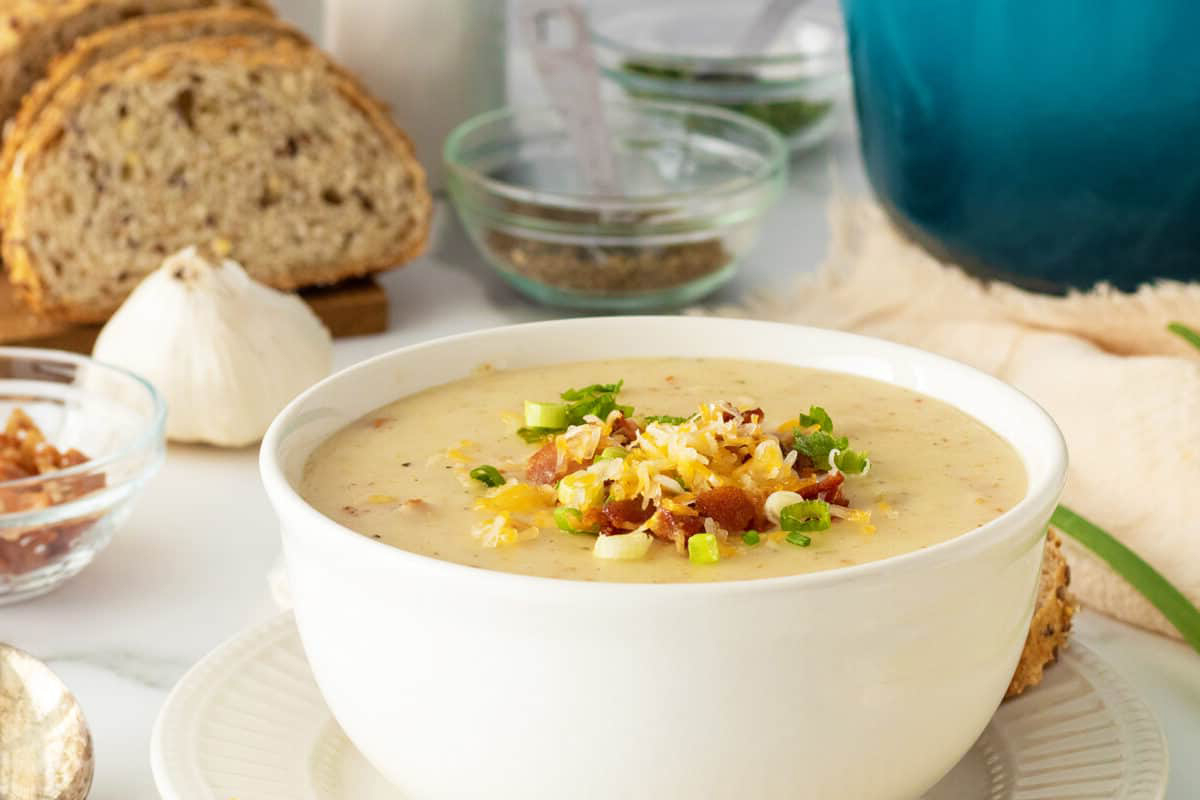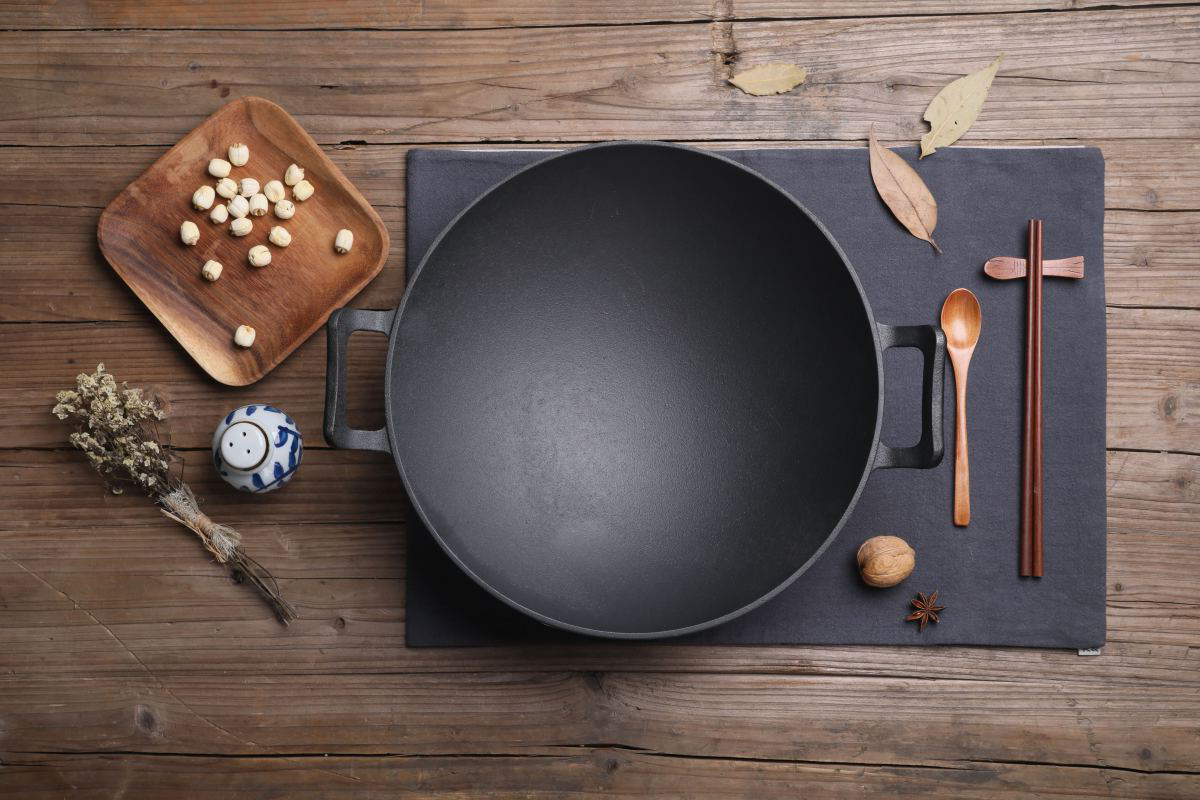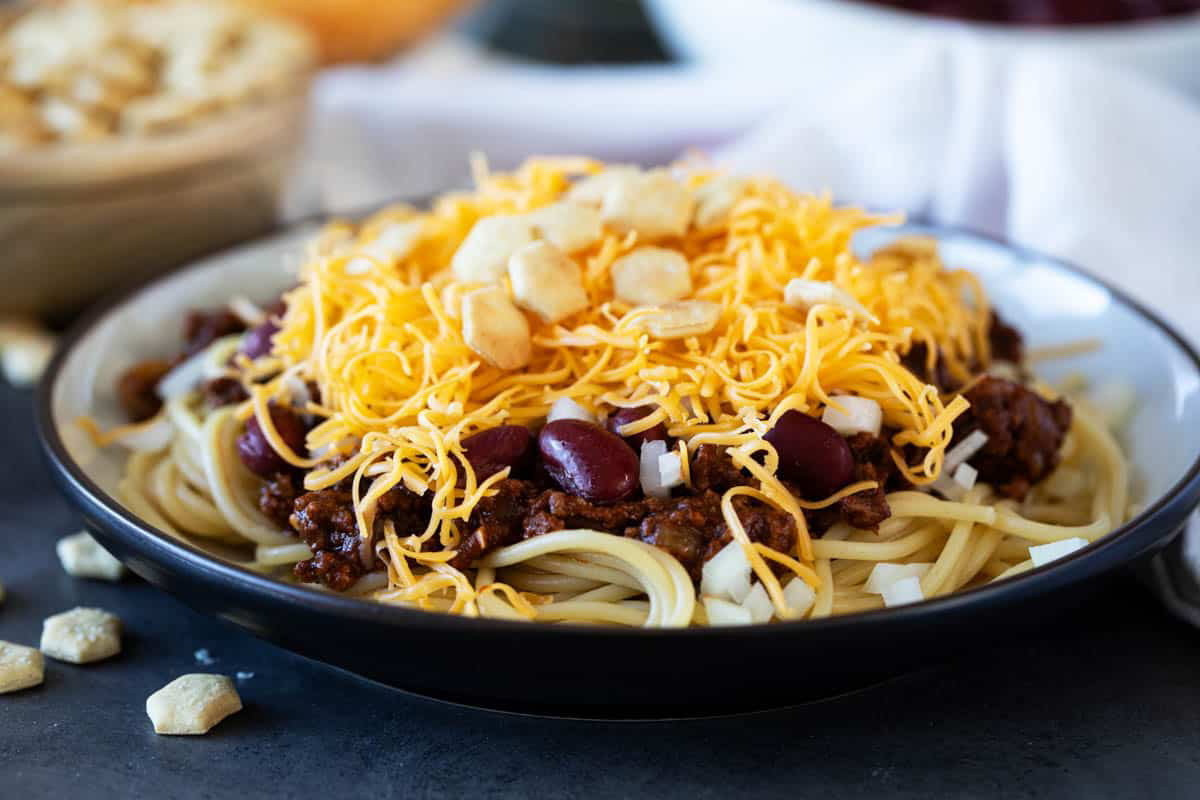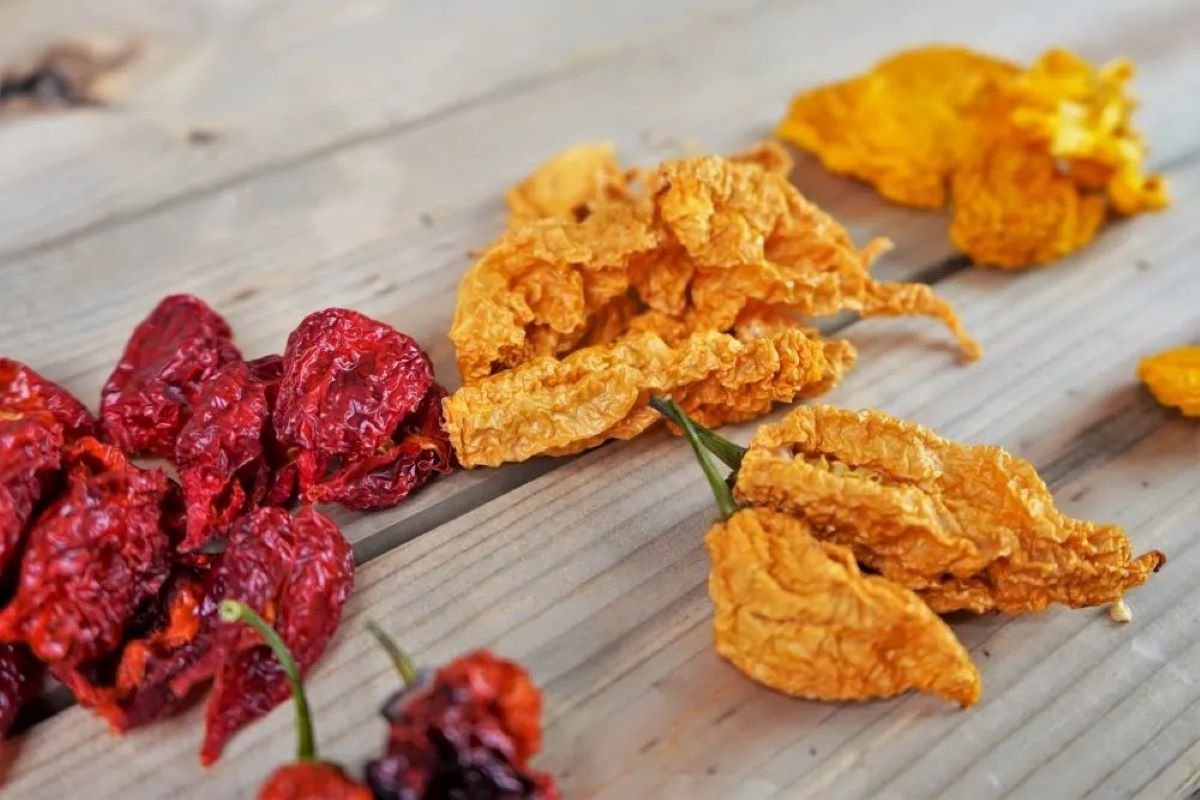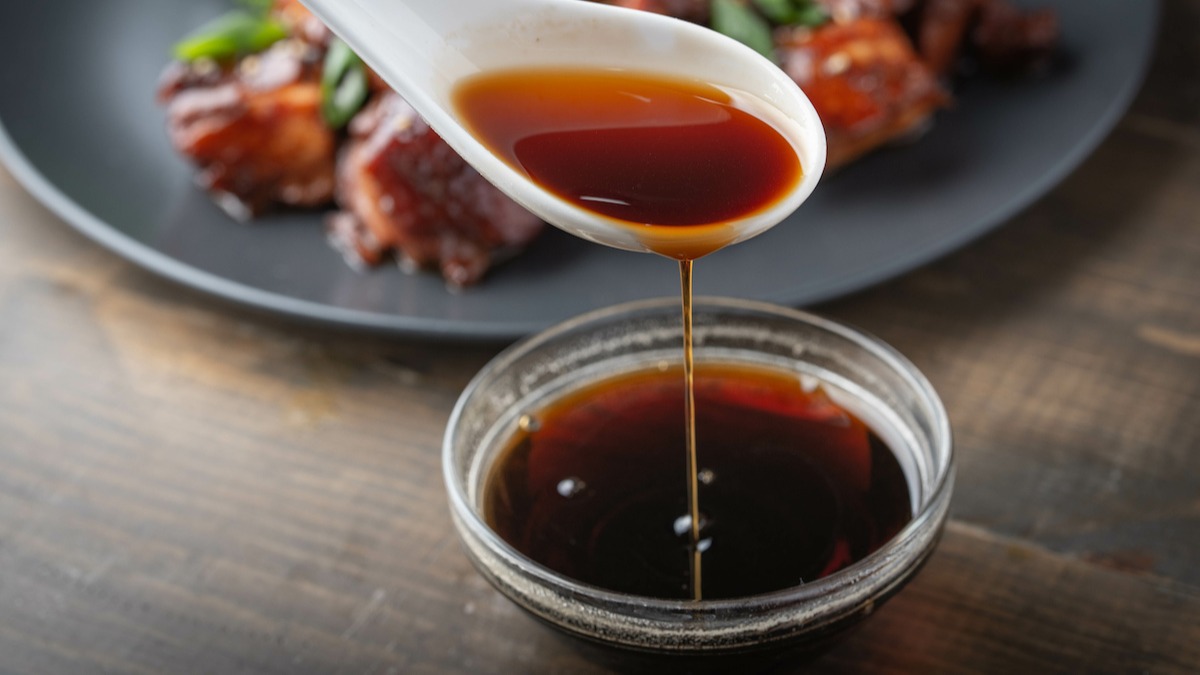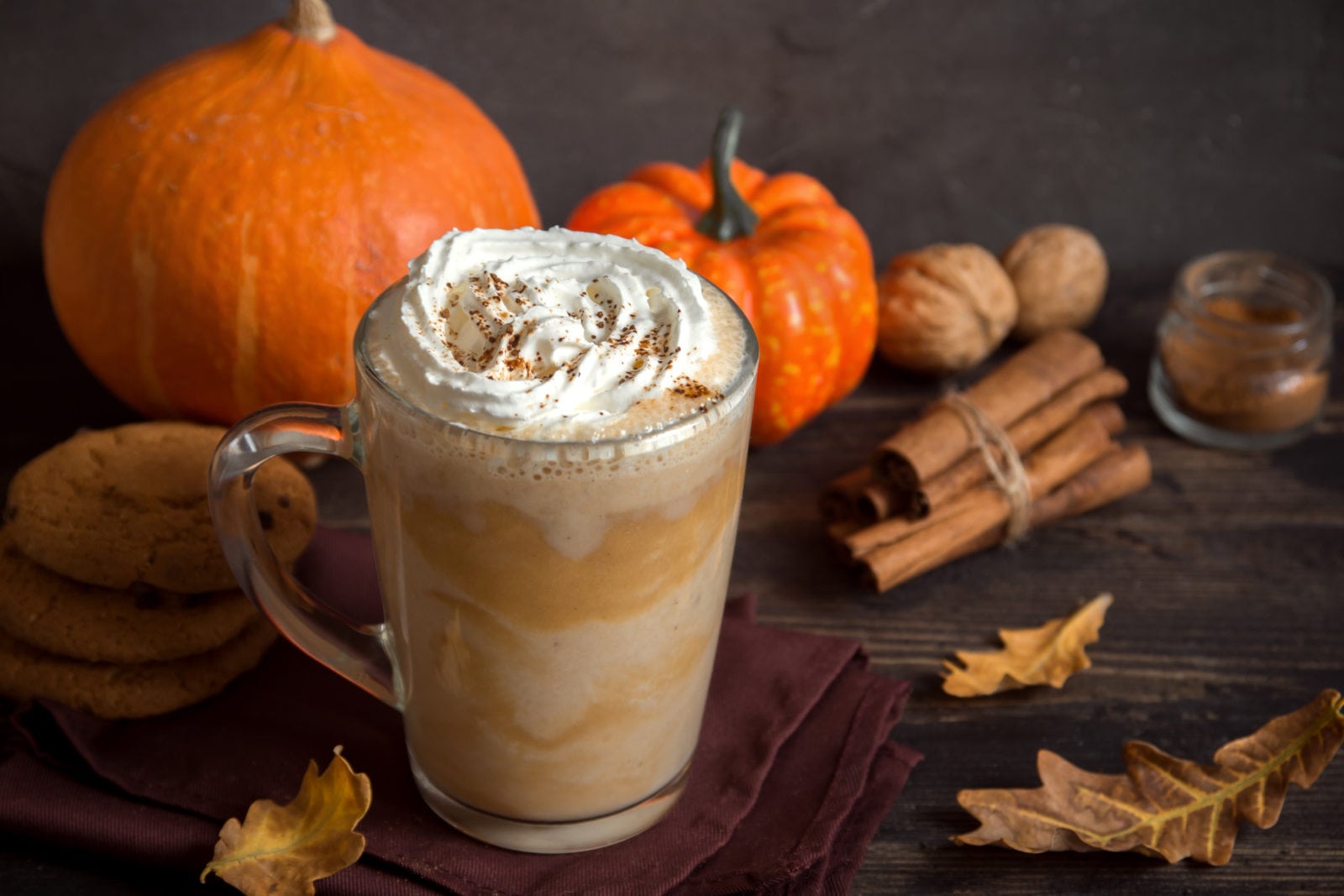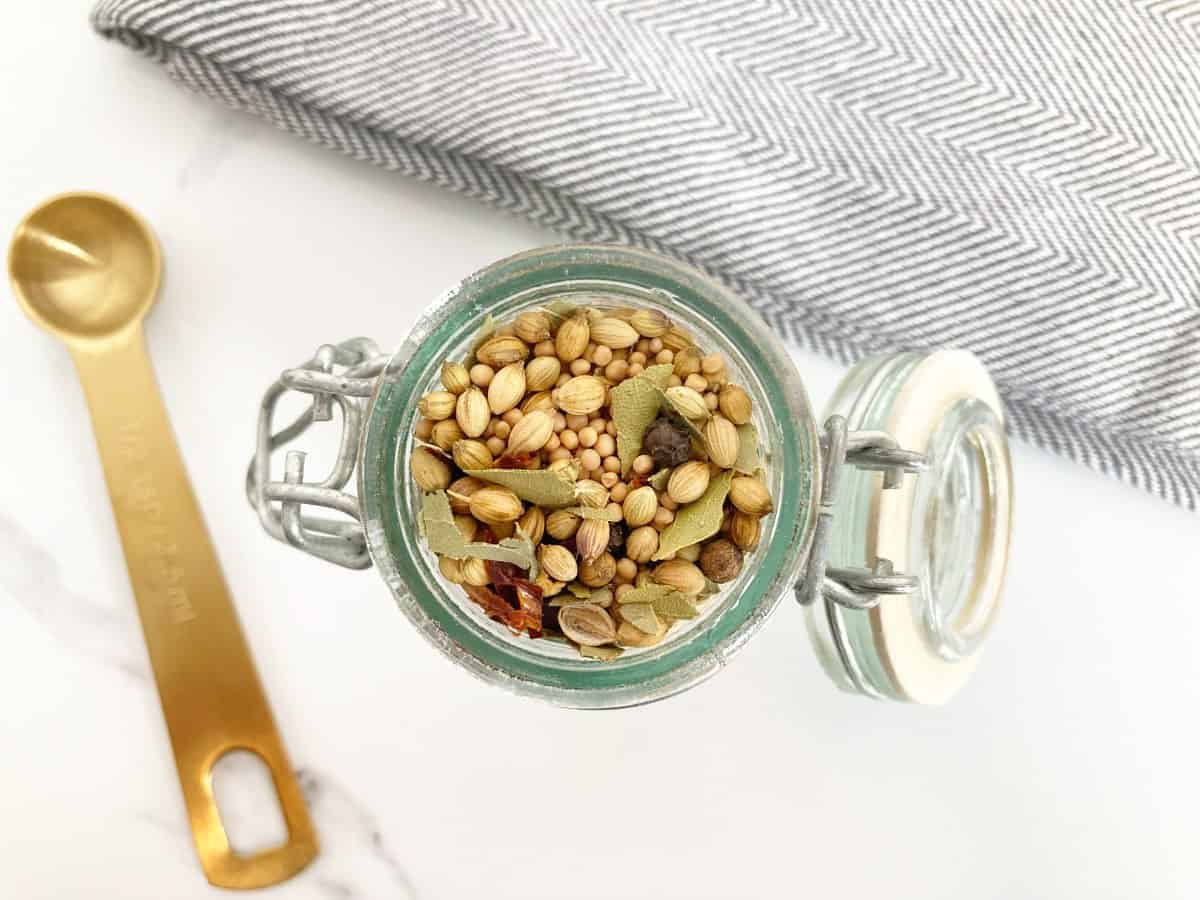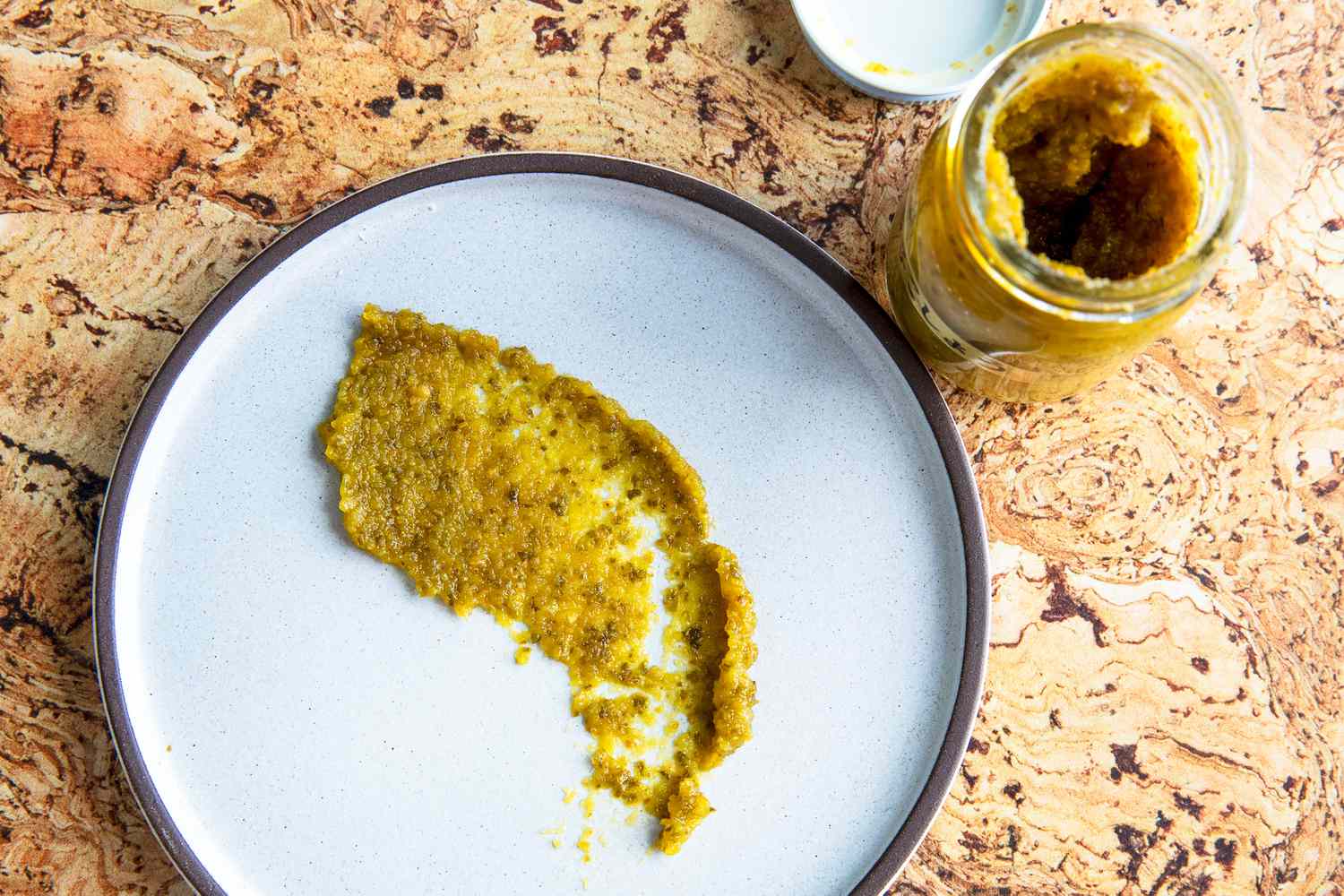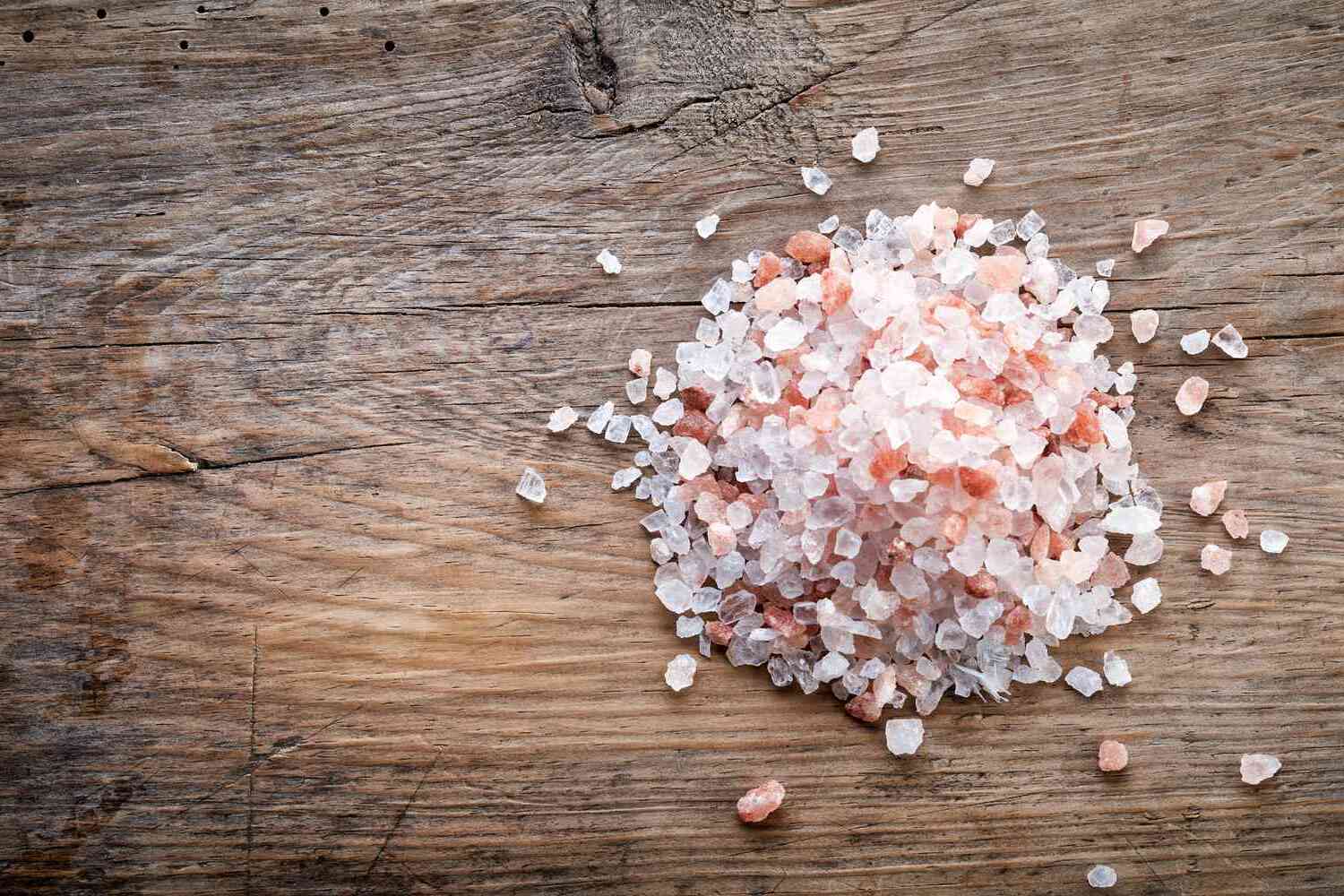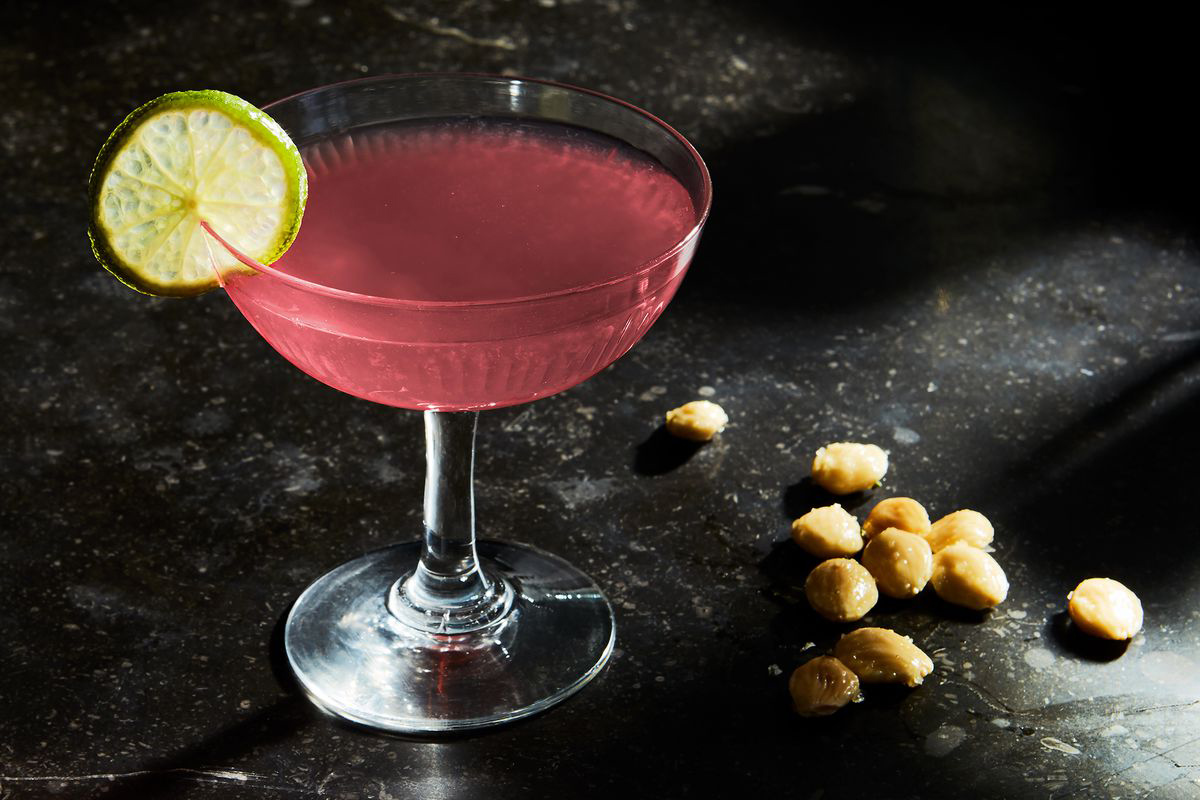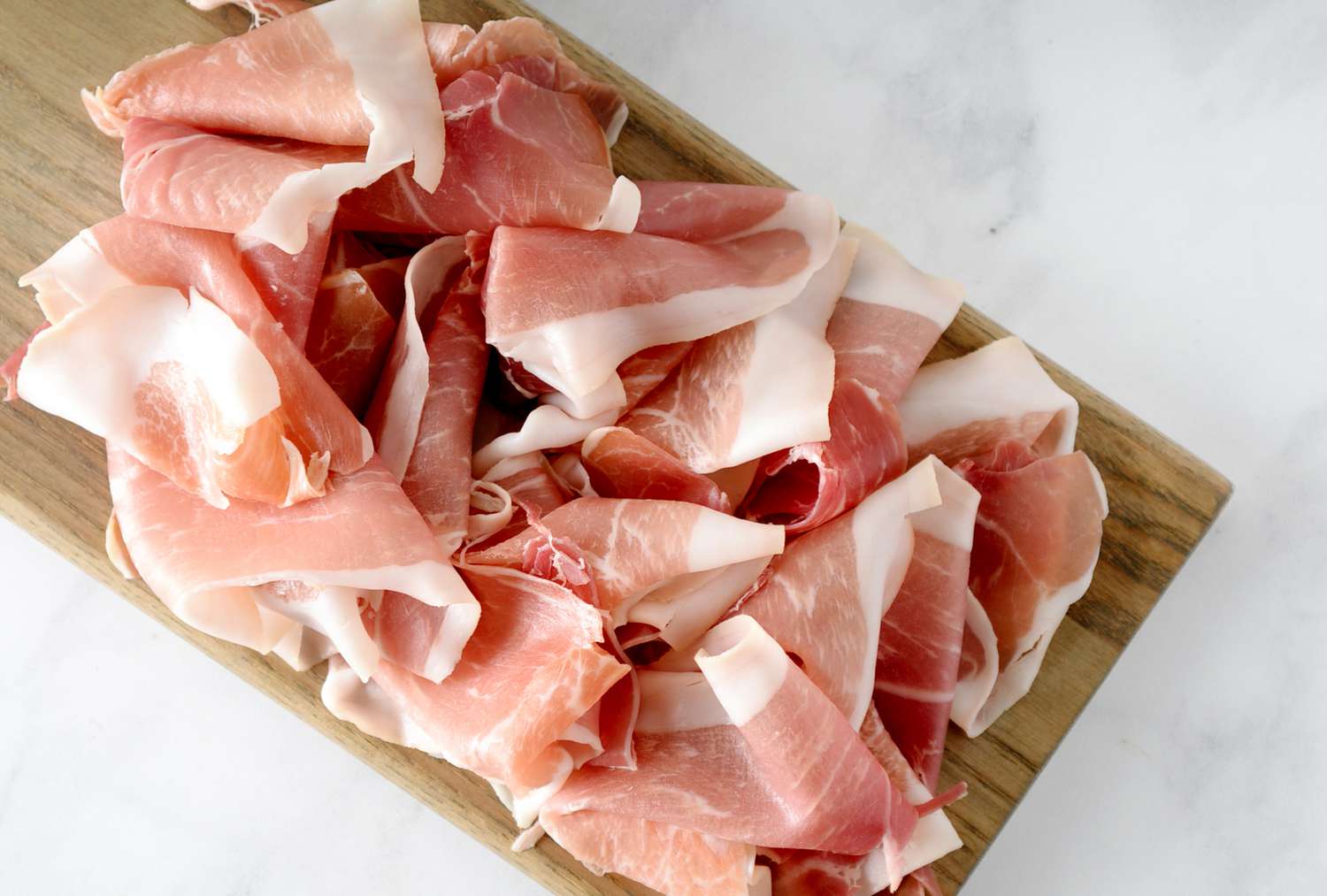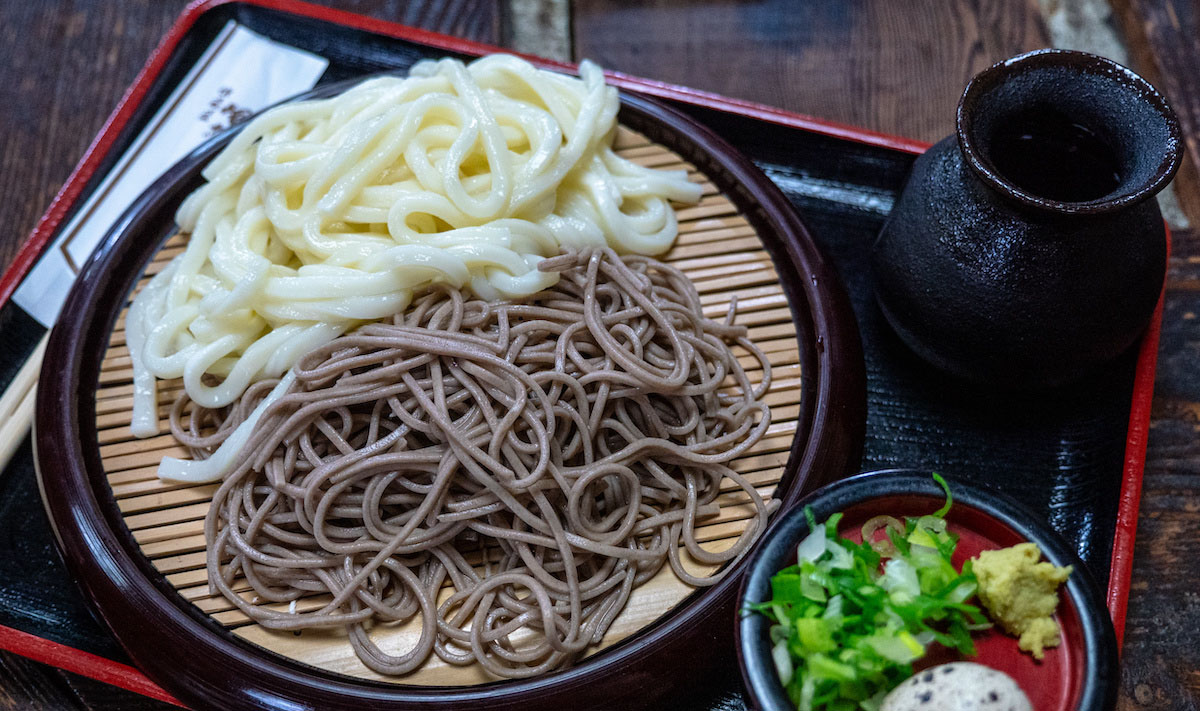Delicious and Decadent: Exploring the Delights of Rasmalai
When it comes to indulgent Indian desserts, Rasmalai holds a special place. This delectable sweet treat is a favorite among those with a sweet tooth and a love for traditional Indian cuisine. But what exactly is Rasmalai, and what makes it so special? Let’s delve into the world of Rasmalai and uncover the secrets behind this beloved dessert.
The Origins of Rasmalai
Rasmalai has its roots in the Indian subcontinent, where it is a popular dessert served during festivals, celebrations, and special occasions. The name “Rasmalai” is derived from two words: “ras,” which means “juice,” and “malai,” which means “cream.” This dessert essentially consists of soft, creamy cheese dumplings soaked in sweet, flavored milk. The origins of Rasmalai can be traced back to the eastern regions of India, where it is believed to have been created centuries ago.
The Making of Rasmalai
Creating Rasmalai is a labor of love that requires skill and patience. The process begins with the preparation of chenna, a type of fresh cheese that serves as the base for the soft dumplings. The chenna is kneaded, shaped into small rounds, and then gently cooked in a mixture of sugar syrup and milk. Once the dumplings are cooked, they are left to soak in a delicately flavored milk mixture, often infused with cardamom, saffron, and rose water. The result is a dessert that is rich, creamy, and bursting with sweet, aromatic flavors.
The Flavor Profile of Rasmalai
Rasmalai offers a symphony of flavors and textures that make it a truly irresistible treat. The soft, pillowy dumplings are delicately sweet and have a hint of richness from the creamy milk they are soaked in. The milk itself is infused with the warm, floral notes of cardamom and the subtle fragrance of saffron, creating a luxurious and aromatic base for the dessert. The combination of creamy, sweet, and aromatic elements makes Rasmalai a dessert that is both comforting and indulgent.
Serving and Enjoying Rasmalai
Rasmalai is typically served chilled, making it a refreshing finale to a sumptuous Indian meal. The chilled dumplings, bathed in the fragrant, sweetened milk, offer a delightful contrast in temperatures and textures. Rasmalai is often garnished with a sprinkle of chopped nuts, such as pistachios or almonds, adding a satisfying crunch to each bite. Whether enjoyed on its own or as part of a larger spread of Indian sweets, Rasmalai is a dessert that never fails to impress.
Conclusion
In conclusion, Rasmalai is a beloved Indian dessert that captivates the senses with its creamy texture, aromatic flavors, and rich history. Whether you are a fan of Indian cuisine or simply have a sweet tooth, Rasmalai is a dessert that is sure to leave a lasting impression. Its combination of soft, creamy dumplings and fragrant, sweetened milk makes it a truly indulgent treat that is perfect for any occasion. So, the next time you have the opportunity to savor this delightful dessert, be sure to treat yourself to the irresistible charms of Rasmalai.
Was this page helpful?
Read Next: What Is A Substitute For Boursin Cheese?
